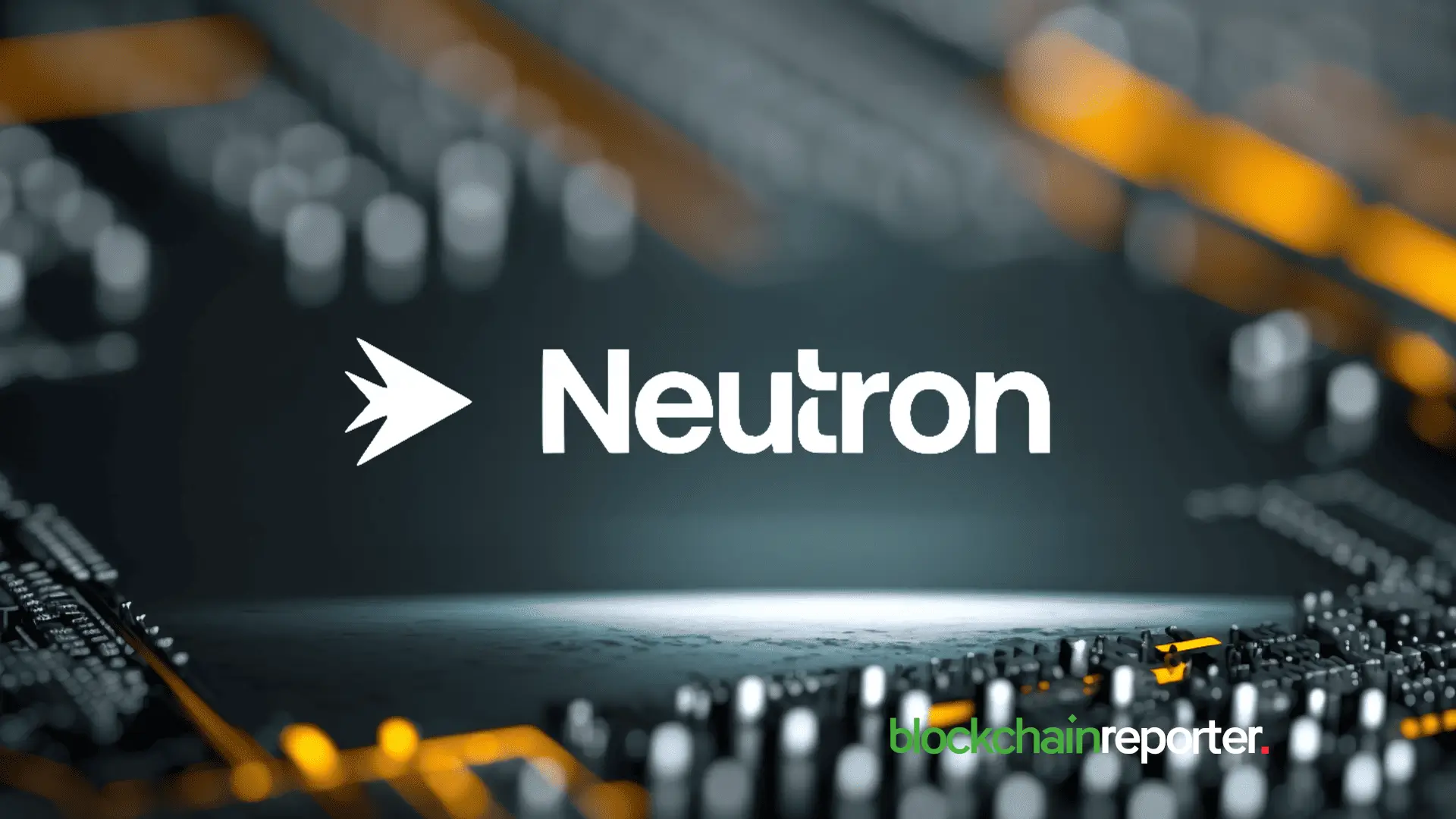As AI accelerates, distinguishing humans from bots has become one of the internet’s most pressing challenges. World (formerly Worldcoin) is developing World ID, a proof-of-human protocol for global scale and privacy. The network already counts more than 16 million verified humans. More than 1,500 Orbs now operate across 23 countries. In APAC, verifications surpassed 100,000 in both Japan and Singapore. South Korea crossed 10,000 in just three weeks of April 2025.
Against this backdrop, BeInCrypto interviewed Adrian, Chief Architect and CISO at Tools for Humanity (TFH). Adrian scaled Android at Google from a handful of devices to billions and later led security at Atlassian. At TFH, he oversees architecture and security, focusing on enabling trust and privacy as World expands and decentralizes.
This feature examines three threads: why proof of human is becoming essential infrastructure in the AI era, how WLD and corporate adoption fit into the network’s economics, and why Asia is both a growth engine and a regulatory frontline.
Why now — and what if not?
Sponsored
Sponsored
Why do the mid-2020s mark the key moment to launch proof of human Bots already flooding social media? Wikipedia struggles with AI scraping. Reddit shows AI-made comments beating human ones. Ad models tied to human attention are breaking down. Without World, do we risk a future where humans and AI cannot be told apart — and if so, what role must PoP play?
“The founding team saw those exact things. They saw the rapid rate at which artificial intelligence was advancing and projected that in the not-too-distant future — which is now today — AI would be much more capable. If anything, I would guess they underestimated AI’s capability. Proof of human will become essential infrastructure. Success means reaching billions of people, with proof of human that is accurate, reliable, based on mathematics, and does not rely on trust in governments or corporations.”
Milestones and long-term success
Looking ahead to 2025, 2027, and 2030, what KPIs — verified World IDs, number of integrated platforms, or false-positive rates — will define success or failure? If targets are missed, at what level would make World scale down? And by 2030, what outcome would prove that World has become essential infrastructure — or failed to do so?
On the technical side, TFH points to Anonymized Multi-Party Computation (AMPC) as foundational: the Orb verifies uniqueness and a user’s World ID keys, then deletes biometric data immediately. Encrypted fragments are distributed across independent parties (universities and third parties), so no single entity — including TFH — can reconstruct personal data. This architecture is intended to marry global-scale accuracy with privacy.
“We have high standards for quality. We want the Orb’s proof of human to be the most trustworthy, the most reliable, the most accurate representation of whether someone is a real human or not. Other technologies — fingerprint-based or face-based or relying on government IDs or relying on social networks or behavior — are not as precise at scale.”
He also underscored the team’s view that in the future, the internet, “the way it works right now, will not work” without proof of human at a global scale.
WLD’s role and corporate adoption
People describe WLD as a growth driver, but its volatility raises concerns. Recently, Nasdaq-listed Eightco Holdings announced a plan to allocate $250 million to WLD and rebrand under the ticker ORBS. Chairman Dan Ives called World the “default standard for authentication in the AI era.” Are these isolated experiments or the start of broader adoption? And was issuing WLD truly needed — or could stablecoins or partnerships have created similar network effects without exposing users to volatility?
Sponsored
Sponsored
The debate comes amid intense market activity. Eightco shares surged more than 3,000% after its treasury move. Miner BitMine also invested $20M, diversifying from its 2M ETH holdings. At the same time, WLD’s market cap reached $3.58B in September 2025. The price lagged, however, as circulating supply climbed to 20% and daily unlocks accelerated. Record inflows of 37.5M WLD to exchanges highlighted dilution and profit-taking pressures.
Supporters argue WLD is needed to distribute ownership and fund a sustainable fee model for relying parties; critics counter that a volatile token can undermine trust and that the unlock schedule through 2028 and beyond introduces dilution risk. This push-and-pull — tokenized incentives versus price stability — now shapes the adoption debate.
Source: World.org“The WLD token was created to bootstrap adoption and sustain the network. It incentivizes people to join, ensures users have ownership, and creates a fee model so relying parties — companies integrating proof of human — can pay for the service. Global infrastructure shouldn’t be owned by one company or investor base. Tokens let participants share in it. For me, WLD isn’t an investment product — it’s the mechanism that allows the network to function.”
UBI, alternatives, and human connection
People initially linked World to UBI. As Alex Blania and Sam Altman wrote, World ID could distribute it. So is World’s long-term vision still tied to UBI, or is it now about fair resource sharing as AI reshapes the economy? And in a world where automation cuts jobs and some young people even see AI as a friend, could World ID help protect economic access, human identity, and connection?
“UBI was part of the early discussion, but it’s not a key focus at the moment. The real issue is fairness. Bots break systems constantly — coupons drained, tickets scalped, restaurants overbooked, class action settlements stolen. Proof of human prevents this. Even something simple — a café offering one free coffee a day — only works if you can prove people are real. These are the daily examples that show why proof of human is needed.”
Sponsored
Sponsored
Regulation and Asia’s frontline
The EU debated deletion mandates. Hong Kong and Indonesia resisted launches. Meanwhile, in South Korea the plan is to deploy 250 Orbs to verify one million people, though many join mainly for rewards. Are regulators opponents or partners? And is Asia simply a growth market — or the real frontline for rollout and regulation?
Official updates show APAC momentum. Japan verified more than 100,000 people in 2024. Singapore surpassed 100,000 in early 2025. Korea passed 10,000 in just three weeks of April. Partnerships span Hakuhodo, SARAH, Tokyo BEAST, YAY!, SuperWalk, Habyt, Sneaker Con, and Razer. Thailand now deploys World ID to combat fraud as online scams hit $1.2B in losses in 2024.
TFH says its approach is to engage regulators directly in every market and exceed privacy and security requirements rather than merely comply, positioning AMPC and on-device custody as tangible proof points.
“Our growth strategy has been a regional focus from one year to the next. The first year that I was here was 2024, when much of our focus was in Latin America. We grew rapidly in Argentina, for example, to the point where about one out of three people in Buenos Aires, Argentina, have been verified.
We continued growing in Mexico, Colombia, and Chile, along with other countries in South America. In 2025, we’ve continued to grow in Latin America, launched in the US and UK, and focused more energy on Asia. I’ve visited our operations in Korea, Japan, and Singapore, to name a few. We engage with the governments in all of these regions. Any service that’s launching around the world ends up interacting with regulators in every region.”
Geopolitics and infrastructure inequality
Running your L2 gives freedom over fees and economics but raises centralization worries. Ten years from now, could operations be delegated so that World becomes true public infrastructure? And as democracies and authoritarian states move apart, could we see infrastructure inequality — where some regions adopt World ID and others enforce state-run PoPs, such as in Russia and China?
Sponsored
Sponsored
“Our goal is to have everything be open and decentralized. We have done that as rapidly as possible. For example, we have provided specifications for the Orb, both for the hardware, and we’ve open-sourced the software and the protocol. AMPC — the mechanism for protecting user information anonymously — has also been released as open source. Anyone can review it; we’ve done extensive security and privacy reviews. This makes it technically possible for others to examine and agree that this is a secure technology they can trust and be willing to use as a single piece of infrastructure.
Much in the same way, they all use the internet, even with different companies building parts of it — routers by Huawei or Cisco, yet interoperating on the same standards. That’s our vision: multiple manufacturers of Orbs, multiple manufacturers of wallets, multiple relying parties, all interoperable through a decentralized protocol. That’s our goal and direction, now and over the next ten years.”
Applications and competition
Beyond authentication, which use cases are the main priorities — payments, voting, ads, fraud prevention, or delegated AI agents? With delegated World IDs for AI agents, how will abuse be prevented? And regarding Humanity Protocol, Polygon ID, and others, should they be considered rivals or potential partners for shared standards?
“It’s early right now, but our view is to create an open, decentralized mechanism so identity companies can interoperate. That applies to proof of human projects as well as traditional identity systems, and it opens collaboration that wasn’t possible before. In terms of use cases, we’re really focused on scale — what gets us from 16 million to 100 million and then a billion.
We have close to 16 million people that have been verified right now. So it’s already one of the largest projects trying to build on blockchain technologies and Web3. Gaming, online dating, and social networks are really interesting to us because they have scale. At the same time, we’re making sure the protocol can also work for enterprise use cases, considering privacy expectations across both personal and work life. But right now, our focus is large-scale consumer use cases.”
Closing thoughts
Adrian closed by stressing how World’s mission has grown urgent. Proof of personhood, once hypothetical, now gains global recognition as people confront bots daily. For him, the goal is not to accept decline but to build solutions that keep the digital future trustworthy. His message stays consistent: proof of human must scale to billions, remain privacy-first, and be decentralized. APAC adoption expands, with Thailand using World against AI fraud and firms like Eightco and BitMine validating its role. Yet token unlocks, SEC scrutiny, and volatility show its indispensability is not assured. Bitcoin and Ethereum may remain benchmarks, but proof of human could define the next cycle as a new trust layer.
The open question is whether proof of personhood can mature into a global public utility — as indispensable as electricity or clean water — or whether regulatory friction and token economics will ultimately cap its reach.
Source: https://beincrypto.com/world-proof-of-human-internet-future/


